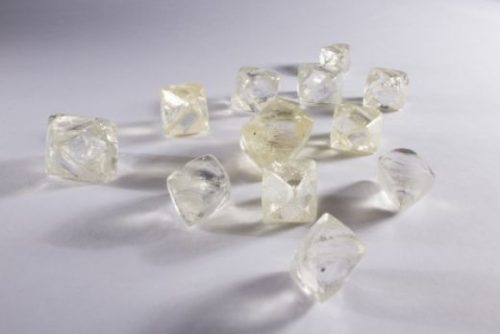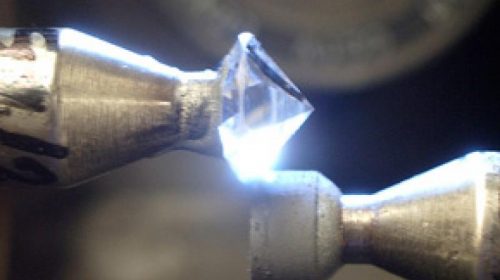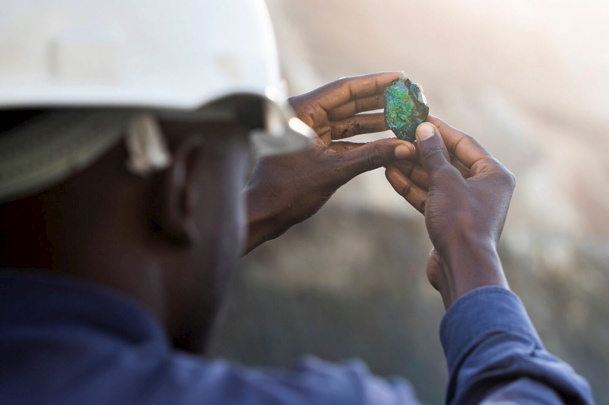
Brewing Diamond Industry Crisis Prompts De Beers to Cut Output
De Beers trimmed its production plans for this year as the world’s biggest diamond producer responds to a brewing industry crisis that’s hitting demand for its stones.
The Anglo American Plc unit will now mine about 31 million carats in 2019, at the bottom end of a previous forecast range. The company, once the monopoly supplier of diamonds, has a longstanding strategy to match supply with demand.
The diamond industry’s engine room, dominated by family-run businesses that cut, polish and trade the stones, is struggling to make money amid a flood of polished diamonds and stagnant consumer purchasing. That’s led to a slump in demand for the rough stones that De Beers mines from Botswana to Canada.
De Beers Diamond Sales Keep Dropping as Weak Patch Drags on
The weakness is showing up in the company’s sales, which are down about $500 million so far this year compared with 2018. The company has already gone unusually far in offering flexibility for its customers — allowing them to defer agreed purchases and lower the number of diamonds they plan to buy this year.
De Beers had already planned to produce a lot less diamonds than last year, when it dug up more than 35 million carats, the most since the global financial crisis. First-half output of the stones was 15.6 million carats, 11% lower than in 2018. The average selling price also fell 7%.
“Demand for rough diamonds remains subdued as a result of challenges in the midstream, with higher polished inventories, and caution due to macro-economic uncertainty, including the U.S.- China trade tensions,” Anglo said Thursday.
Macquarie Group Ltd. said before today’s announcement that it expects De Beers to post first-half profit of $567 million. While that’s down on last year, it’s performing far better than its smaller rivals, many of whom have seen their market values plummet to multi-year lows.
Source: DCLA





